A list of prehistoric animals that are not dinosaurs. Not every amazing prehistoric creature was a dinosaur! This list contains some of the world’s most awesome – and strangest – prehistoric animals, many of which were early relatives of familiar modern-day animals.
Are you brave enough to meet the Titanoboa?
We’ve already made a list of awesome prehistoric animals that lived with dinosaurs, so this page contains pictures and information on prehistoric animals that lived after the dinosaurs.
We’re going to meet giant horses, killer birds, the biggest snake that ever lived, plus old favorites such as saber-toothed cats and woolly mammoths.
We would like to extend our thanks to Rupert Harwood for his invaluable help in compiling this article.
List of Prehistoric Animals That Are Not Dinosaurs
Andrewsarchus
Andrewsarchus was a large mammal that lived in the Paleogene period. It was an early artiodactyl (hoofed animal), related to hippos and whales. Andrewsarchus was discovered in Mongolia by naturalist Roy Chapman Andrews, after whom the genus was subsequently named.
Andrewsarchus was a large-snouted predator, and, based on skull measurements, may have been the largest ever carnivorous mammal (that lived on land).
Basilosaurus
Although its name, which includes the word ‘saurus’, suggests that Basilosaurus was a reptile, it was later found to be a mammal. In fact, Basilosaurus was an early whale that lived in the Eocene epoch of the Paleogene period.
Basilosaurus was around 21 m (70 ft.) long and had a 1.5 m (5 ft.) skull. Its jaws were full of long, dagger-like teeth. Analysis of its skull suggests that it may have had the strongest bite force of any animal!
Brygmophyseter
Brygmophyseter was an early sperm whale that lived in the Miocene epoch. Its name means ‘biting sperm whale’, and for good reason; its teeth were up to 14 cm (5.5 in.) long, and it was an apex predator. Brygmophyseter grew to around 7 m (23 ft.) long,
Castoroides
Castoroides was a 2.5 m (8 ft.) long giant beaver that lived in North America during the Pleistocene epoch. It is the largest beaver ever to have lived, but it had a small brain in proportion to its body size and may not have been as smart as its modern day counterpart.
Coelodonta
Coelodonta is also known as the woolly rhinoceros. This huge animal was covered with thick fur and had two large horns on its nose. It was found in Europe, Africa and Asia, and several species have been identified. Coelodonta lived during the last ice age.
Entelodon
Entelodon was a hoofed animal that lived in the Paleogene period. Originally thought to be a type of prehistoric pig, it is now believed to be more closely related to whales and hippos. It lived in North America, Europe and Asia from the mid-Paleocene to the early Neogene period.
Glyptodon
Glyptodon was a giant armadillo of the Pliocene and Pleistocene epochs. With a shell that was around 1.5 m (5 ft.) in length, and a total body length of around 3.3 m (11 ft.), it would have been an impressive sight walking through the South American forests and grasslands in which it lived.
Hyaenodon
Hyaenodon is a genus of large carnivorous mammals that lived from the Eocene to the mid Miocene epochs. The largest Hyaenodons were among the largest predators of their time. With a long skull, and powerful, doglike body, it would have had little to fear from most other animals.
Mastodon
The Mastodon was an ancestor of the elephant that walked the Earth in the Pleistocene epoch, around 10,000 to 11,000 years ago. It had long tusks and a trunk, and lived in the forests of North America.
Megalania
Megalania is the largest known lizard. It lived in Australia in the Pleistocene epoch. A carnivorous reptile, Megalania is related to modern-day goannas.
Megalodon
Megalodon, whose name means ‘mighty tooth’, was an early shark that lived during the Neogene period. Reaching 18 m (59 ft.) in length, it is not only the largest shark ever to have lived, but also one of the world’s largest ever predators.
- You can read more about Megalodon here: Megalodon Facts
Megatherium
Megatherium was a giant ground sloth that lived in South America from the Pliocene to the end of the Pleistocene. Thought to have weighed up to 4 tonnes, and being 6 m (20 ft.) in length, it was one of the biggest animals of its day. Megatherium had large claws, which may have been used for burrowing rather than for climbing.
Mesonychids / Mesonyx
Mesonyx was a prehistoric animal that resembled a wolf but had hoofed feet. It was a member of the Mesonychid group of carnivorous animals. It lived in America from the early to the mid Paleogene period.
Paraceratherium
This huge, hornless rhino lived during the Oligocene epoch. Paraceratherium had a long neck and thick, sturdy legs. It had tusk-like front teeth and fossils suggest that it may have had a short trunk. Weighing up to 20 tonnes, and standing up to 4.8 m (16 ft.) tall, it may even have been the largest land mammal ever to have lived.
Phorusrhacos Longissimus (Terror Bird)
Phorusrhacos Longissimus was a species in the Phorusrhacidae family, a group of animals which are also known as ‘terror birds’. These huge, flightless meat-eaters lived up to their name, being equipped with powerful hooked beaks and large claws.
Living in South American during the Miocene epoch, Phorusrhacos Longissimus was likely to have been an apex predator.
Procoptodon
The 2 m (6.5 ft.) tall Procoptodon is the largest kangaroo ever to have lived. It lived in Australia during the Pleistocene epoch, and was a member of the Sthenurinae, or short-faced kangaroo, subfamily.
Propalaeotherium
Propalaeotherium was a small, prehistoric relation of the horse. It lived in Europe and Asia during the Eocene epoch. Fossils discovered in Germany were so well preserved that scientists could see that the animals had been eating berries!
Smilodon (Saber-Toothed Tiger) (Sabre-Toothed Tiger in British English)
Several prehistoric cat-like animals with extended canine teeth have been discovered. Together, they have become known as ‘saber-toothed cats’. The best-known is the Smilodon, which is also known as the ‘saber-toothed tiger’.
Three species of Smilodon have been discovered. The biggest, Smilodon populator, was bigger than a tiger, and may have been the biggest cat species ever.
Smilodons lived during the Pleistocene epoch, and were found in both North and South America.
- You can find out more about Smilodon here: Smilodon Facts
Titanoboa
Titanoboa is the largest snake that ever lived. It was over 13 m (43 ft.) long, and weighed around 1,135 kg. It lived in South America during the Paleocene epoch.
Uintatherium
Uintatherium was a large herbivore that lived during the Eocene epoch. Two species have been discovered, one in the USA and one in China. Uintatherium had extended tusk-like canine teeth, which may have been used as defensive weapons or as tools for manipulating food.
Woolly Mammoth
No list of prehistoric animals would be complete without the woolly mammoth! Mammoths were prehistoric members of the elephant family. They lived during the Pliocene and Pleistocene epochs.
The woolly mammoth, Mammuthus subplanifrons, is a species of mammoth that lived towards the end of this period. A similar size to African elephant, the woolly mammoth was covered in fur – an adaption for living during the ice age.
- You can find out more about the woolly mammoth here: Woolly Mammoth Facts
List Of Prehistoric Animals That Are Not Dinosaurs: Conclusion
We hope that you have enjoyed this list of prehistoric animals. It is fascinating to see what the prehistoric relations of today’s animals looked like.
However sad it is that animals such as the woolly mammoth are no longer around, it’s quite a relief that 60 million years separates us from the Titanoboa!
What is your favourite prehistoric animal in this list? Let us know in the comments below!
This page contains prehistoric animals that lived after the dinosaurs. If you want to see animals that are not dinosaurs, but that lived with dinosaurs, check this article out: Animals that Lived with Dinosaurs.
If you want to learn more about dinos themselves, you can visit these pages:

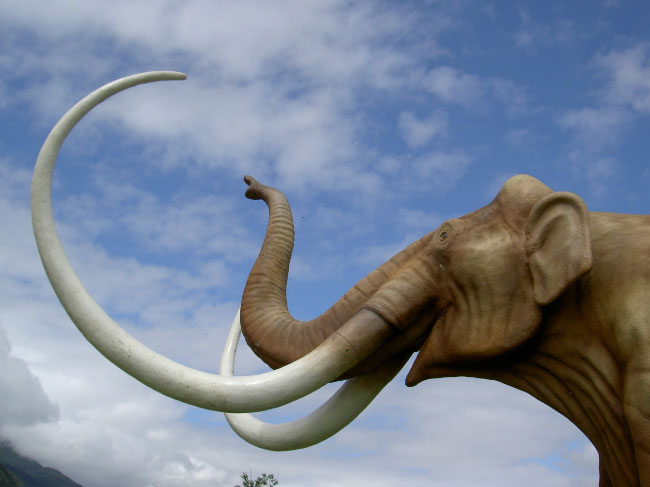
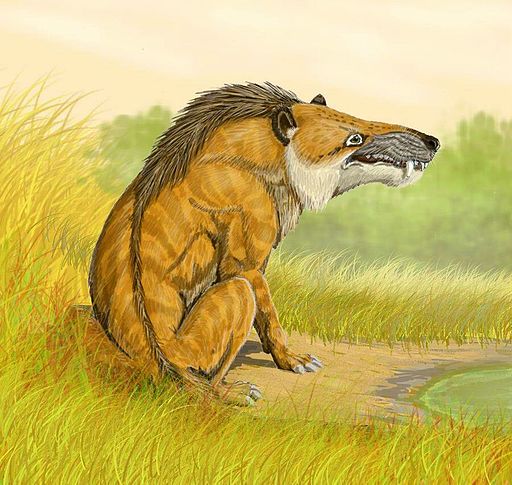




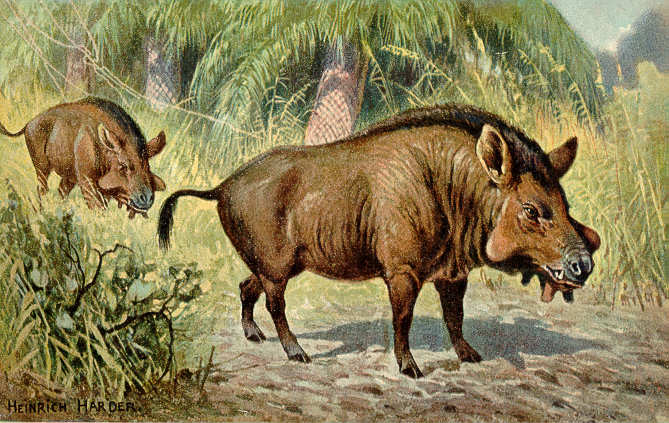

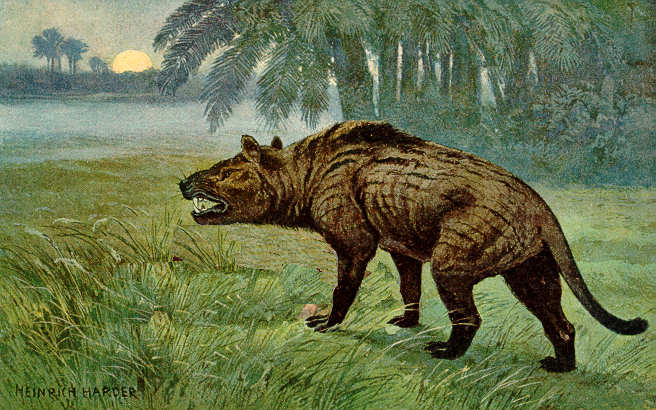

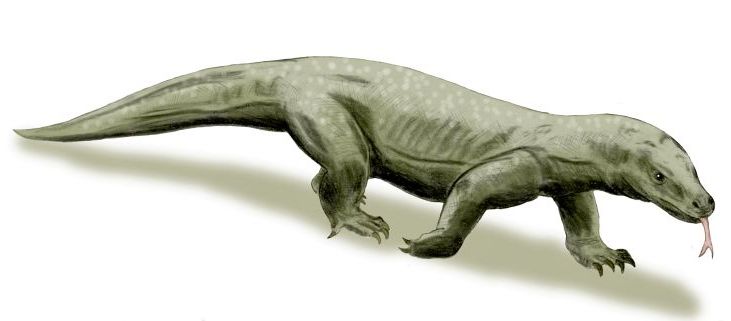

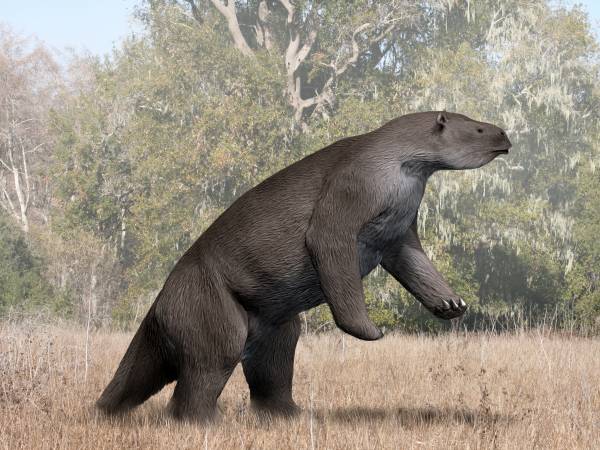


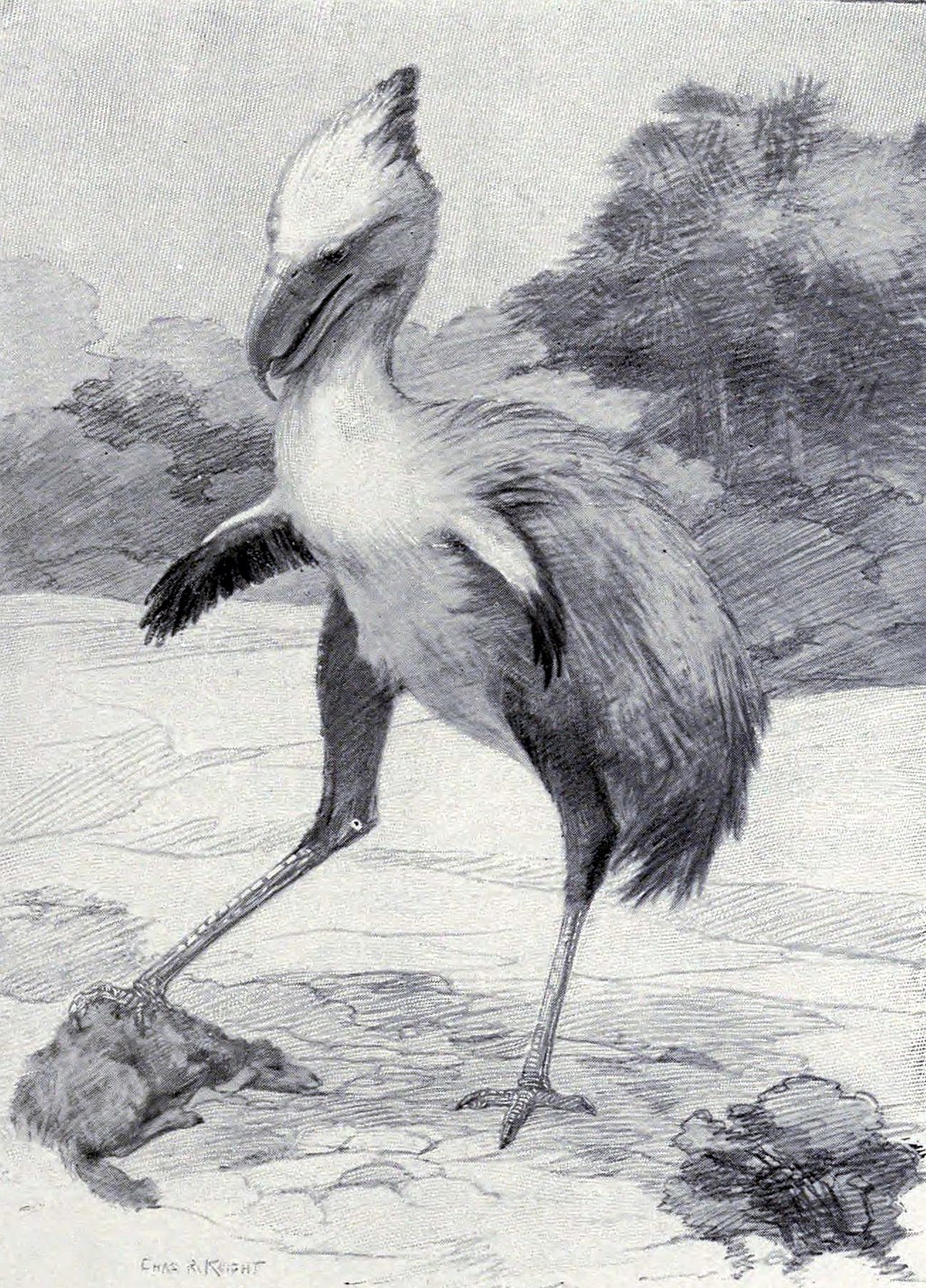




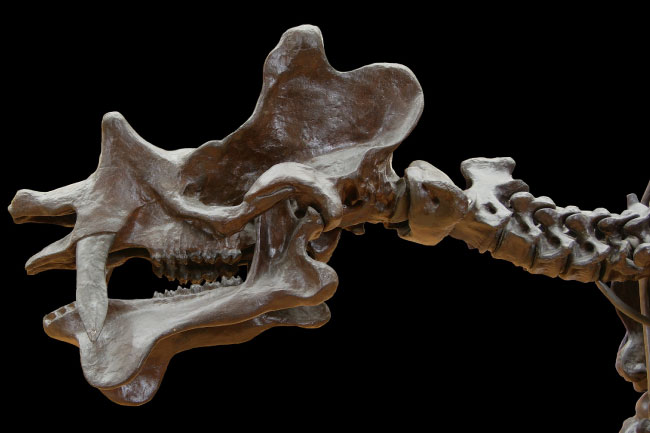
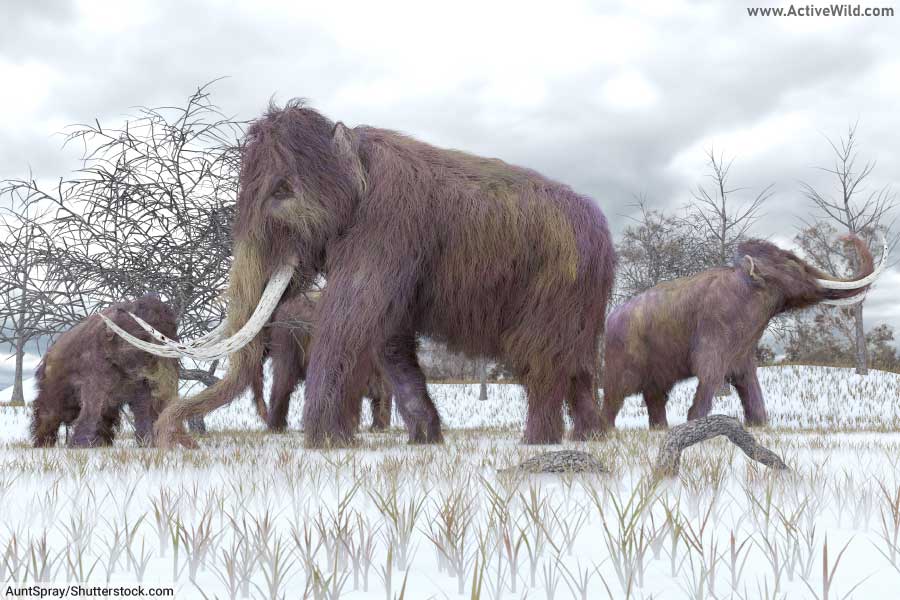
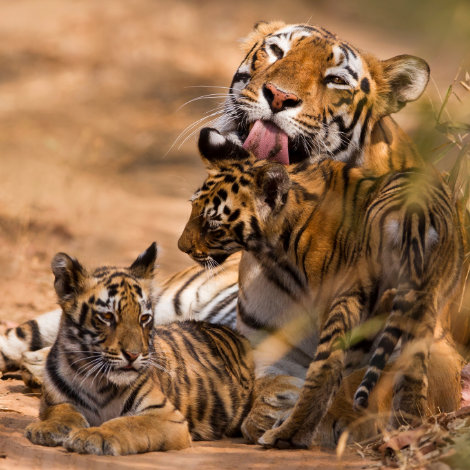
yes. scientists have already made real mammoth meat.
It’s not ‘real mammoth meat’ if it’s not from a living, breathing, existing animal. It is a facsimile based upon cells from existing animals spliced together to form a conglomerate of fake meat.
❤❤❤❤❤❤Thank you!!! Dinos get all the fame! There are so many other cool Non dino animals out there that no one appreciates.❤❤❤❤❤❤❤
My favorite is the Saber Tooth Tiger! You also forgot about the Flat Faced Bear, another one of my favorites. Thank you for this and have a great day!
Glad you liked the page! 👍
Are people trying to bring the woolly mammoth back?
Hi Bob,
Good question. Yes, people are currently aiming to re-introduce the woolly mammoth by combining DNA from mammoths and Asian elephants.
Regards,
The Active Wild Team
Could you post facts about the Barapasaurus, please? thanks
This was amazing!! I learned so much. The wooly mammoth was my favourite – I hate those giant sloths.
The glyptodon was my favorite
The only one I did not know was #3
Wow, cool
Terror birds are actually dinos as all birds are also dinos
I loved these they are so fun to look at and learn new things😀
Was gigantaputhicus stronger than a gorilla? I loved your work!
I knew like at least 3/4 of the creatures on this list wow
Good job, that’s awesome! 🙂
I only knowed titano boa and megalodon
Sooo cool please give me amber✍🏼🦕🦖🦟🐈💜
Thank you! This really helped with my school work! I only needed other historic animals!
what truthful evidence do you have to support your statement that any of these animals ever lived ?
Dear Jesse,
That’s an interesting philosophical question.
Being open-minded to all possibilities is a good characteristic – whatever one’s background.
Regards,
The Active Wild Team
hi thank you for this website helped a bunch
Fantastic article. I was on a google frenzy and started reading about prehistoric animals and this was by far the most informative, straight forward article I have found. Thanks for taking the time and posting. Great work.
Thank you Anthony, we appreciate your kind words. 🙂
i want lenthyosour
Hi Saad,
That’s a new one on us! Did you mean ichthyosaur? You can find out about this and other animals that lived with dinosaurs (but who weren’t dinosaurs themselves) here. 🙂
great job helped a ton
Great job it helped a ton
This was great thanks!
No problem Penguin! 🙂
How did you know about these animals?
… a large amount of research and a strong interest in the subject.
thank you soo much!! I need stuff and animals OTHER than dinosaurs. This is epic!
You’re welcome! 🙂
I agree dinos can be VERY overrated some times!
I find that non dino animals are MUCH more intresting.
:]
👍👍👍
Very good,i love this could u pls help me with a Dinosaurs work.